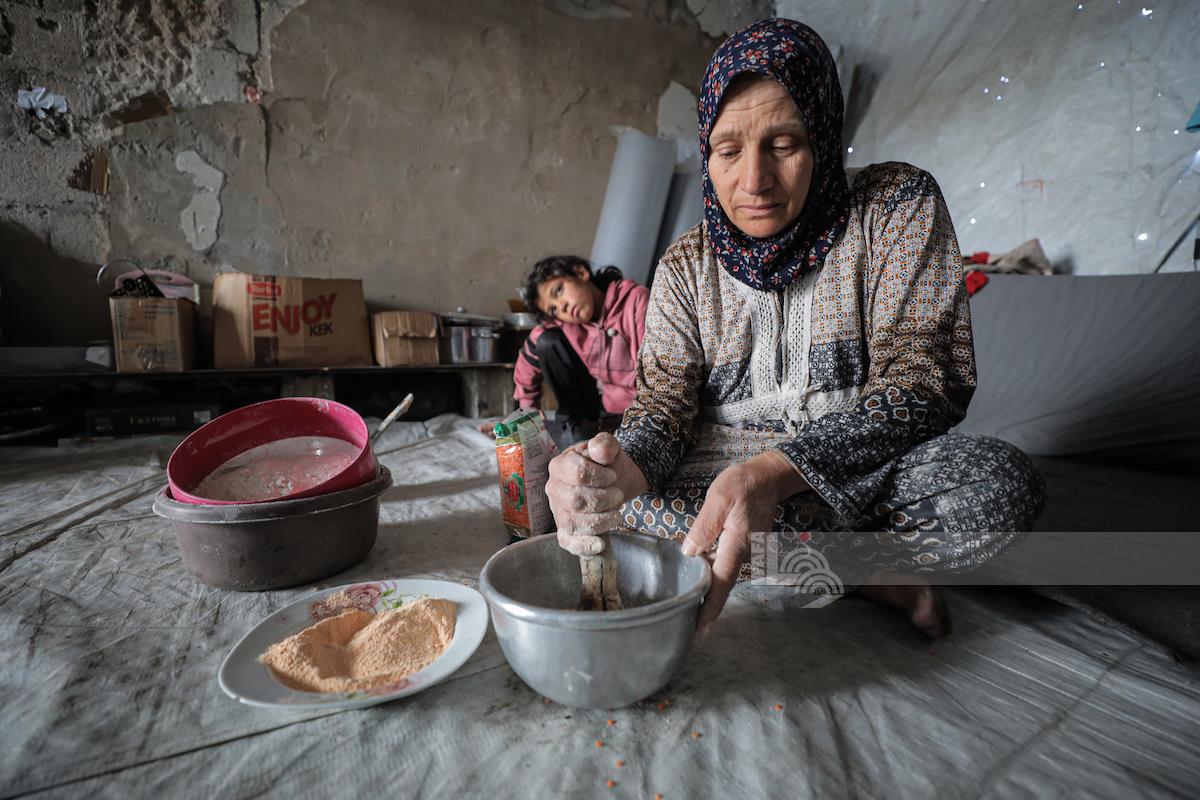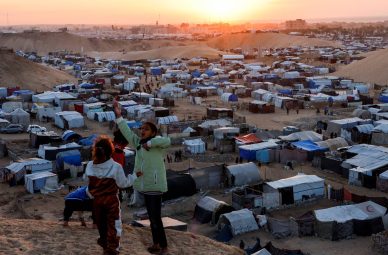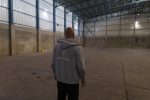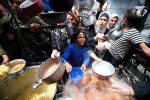GAZA, (PIC)
Famine in the Gaza Strip has exceeded the limits of catastrophe, after 579 days of war and siege, during which thousands of families were forced to grind legumes and grains to obtain alternatives to bread after flour ran out.
The policy of collective starvation pursued by the Israeli occupation has turned daily life in the enclave into a daily struggle for survival.
Legume flour… a desperate solution
With the absence of flour and the closure of crossings, what is known as “legume flour” has emerged as a desperate solution to bake a loaf that satisfies the hungry.
Citizen Suhail Abdeen says: “The price of a kilo of flour, if found, exceeds 60 shekels, and it is not enough to make ten loaves. We were forced to grind lentils, beans, and sometimes chickpeas to make alternative bread. But even these legumes have become scarce and expensive.”
Abdeen, who supports seven children, continues: “I do not have what I can buy, neither flour nor legumes. Our only hope is that the crossings will be opened and sufficient quantities of food will be pumped in before it is too late.”
Citizen Ibrahim Hassan recounts his bitter experience: “We grind rice with lentils to get something that resembles flour. Hunger has exhausted people, and their bodies have become witnesses to their suffering. Even this bread does not last for a day, and it turns into solid lumps that are difficult to chew, in addition to its health effects such as colon pain.”
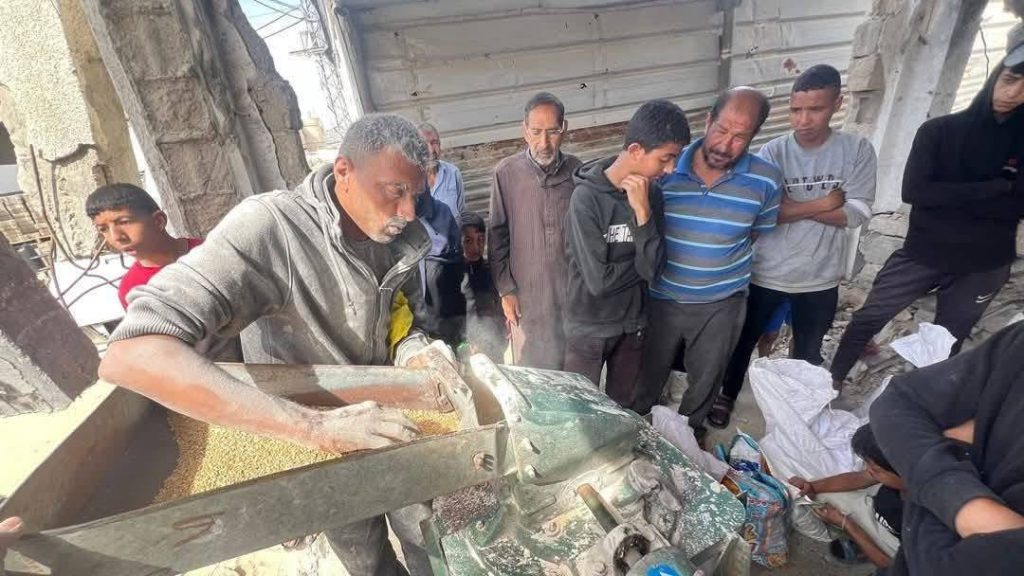
We make bread from lentils
For his part, Hazem Amer pointed out that grinding grains has become commonplace: “We soak lentils for hours and then grind them to bake what can be eaten. But without a percentage of regular flour, it is difficult for the bread to hold together or be soft.”
Hassan Abu Subhi, the owner of a coffee grinder, confirmed that the demand for grinding legumes has doubled: “I grind a kilo for three shekels. I try to help people as much as possible. Some of them grind manually to save costs, although the prices of legumes have exceeded 25 shekels per kilo.”
The humanitarian situation has deteriorated to unprecedented levels. UNRWA has warned that more than 66,000 children suffer from acute malnutrition as a result of Israel’s continued closure of crossings and prevention of the entry of food and medical aid since March 2.
The spokesperson for UNRWA, Adnan Abu Hasna, indicated that hundreds of thousands are satisfied with one meal every two or three days, stressing that the humanitarian crisis is worsening day after day.
In light of this siege, medical sources warned of a sharp deterioration in the health of children, as cases of fainting and widespread emaciation were recorded, while the number of children who arrived in hospitals due to malnutrition exceeded 70,000, and more than 3,500 children face the risk of imminent death from starvation.
Food stocks depleted
The spokesperson for the World Food Program, Lubna Kanzli, confirmed that food stocks have been completely depleted, and that the program was providing meals to 700,000 people before Israel completely closed the crossings. Hundreds of trucks are standing helpless behind the crossings waiting to enter.
Doctors Without Borders described the situation in Gaza as “catastrophic,” while its emergency official, Claire Nicolet, said: “The Israeli siege represents a systematic crime. The world sees this brutality and does not act. Gaza is being pushed to become a mass graveyard.”
The United Nations Office for the Coordination of Humanitarian Affairs (OCHA) explained that the percentage of children receiving treatment for malnutrition has increased by 80%, while 92% of infants do not receive their basic nutritional needs, and 65% of the population lack drinking water.
Statistics from the Central Bureau of Statistics show that the unemployment rate reached 68%, while the World Bank confirmed that 100% of the population of the Strip lives below the poverty line, in light of the risk of a comprehensive famine due to the comprehensive siege and the prevention of the entry of fuel, flour and basic materials.
Palestinians in Gaza are living through an escalating disaster, amid global silence, international complicity, and paralyzed humanitarian action. Hunger today is not just suffering, but a deadly weapon used for slow genocide.

